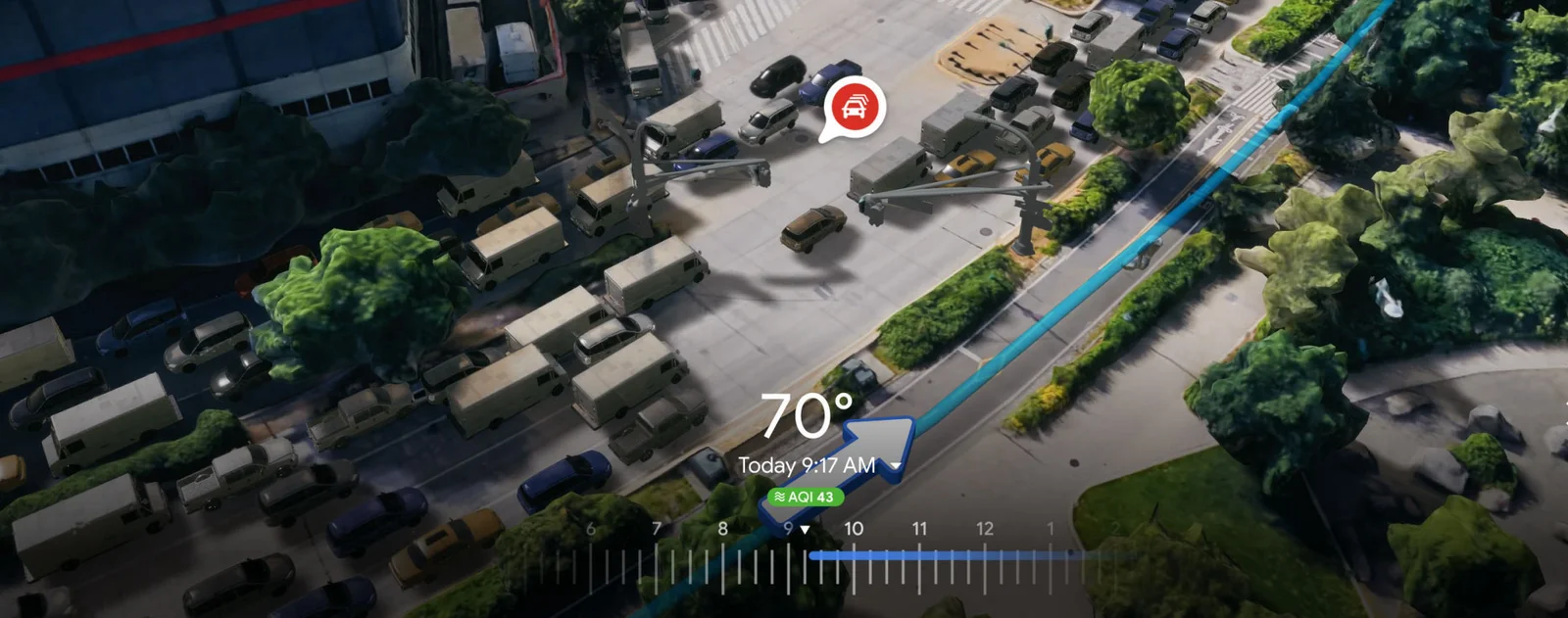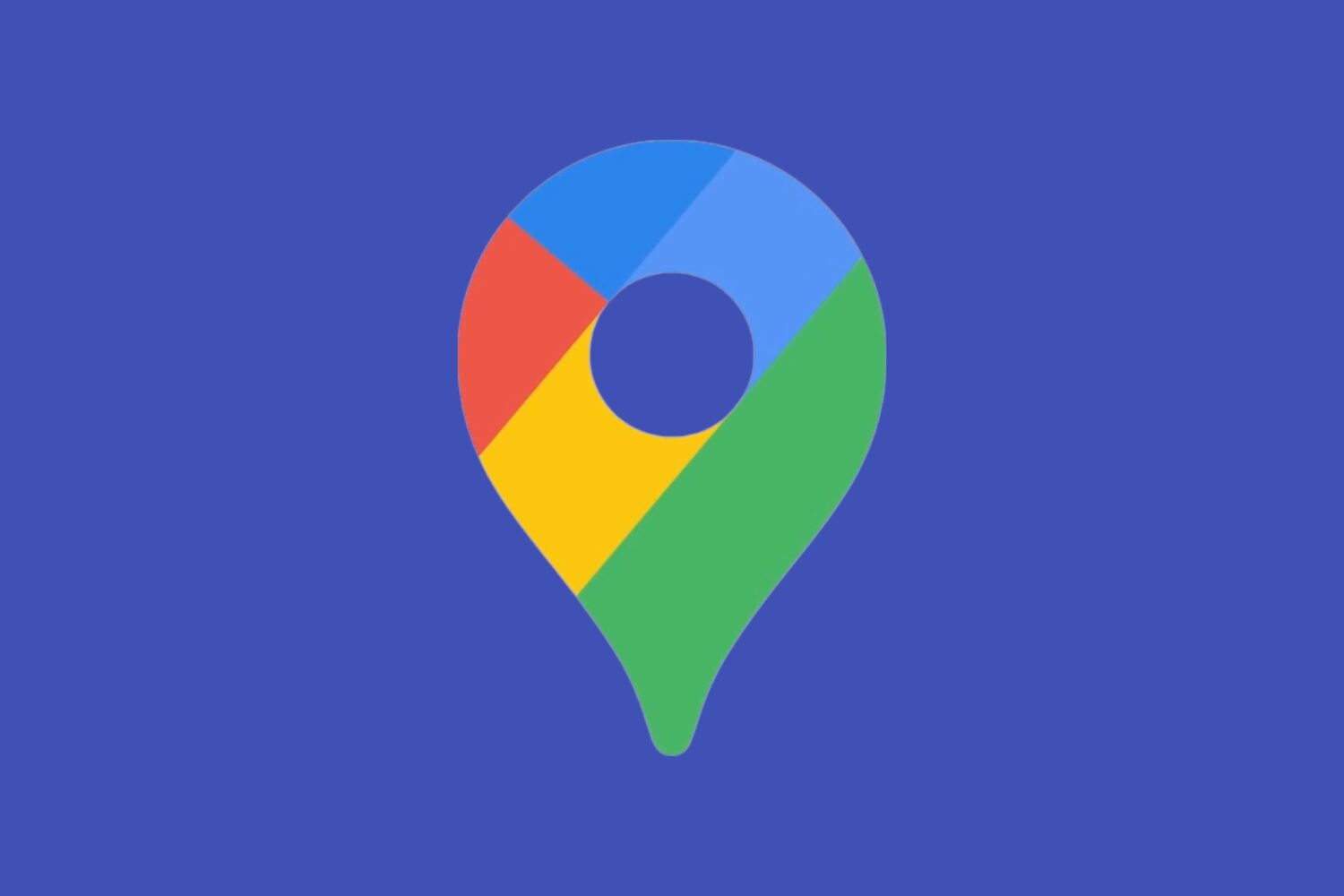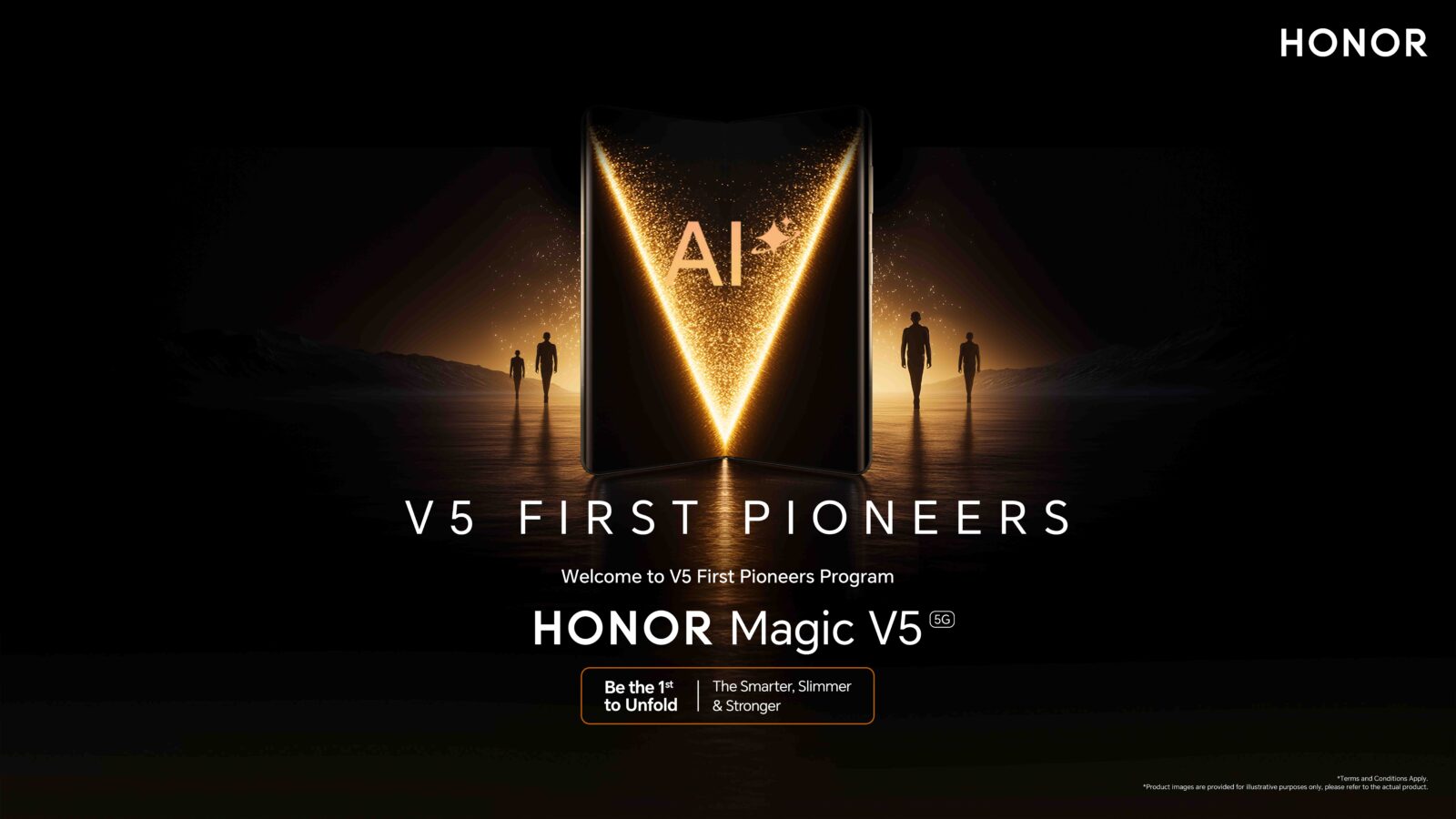Get ready for Google Maps to revolutionize the way you navigate and explore! With cutting-edge advancements in artificial intelligence (AI), the platform is introducing groundbreaking features. Imagine previewing every stage of your journey in stunning detail, whether you’re driving, biking, or walking. Plus, developers can now unlock the magic of Google Maps to create their own captivating experiences.
Immersive View for Routes: See Your Path Like Never Before
Over the past year, Google Maps has become increasingly visual. Features like search with Live View and Immersive View for locations already allow you to virtually explore places. Now, ‘Immersive View for routes’ takes it to the next level.
This powerful AI-driven tool fuses billions of Street View and aerial images to create a detailed digital model of the world. When planning a trip, you’ll get a multidimensional experience showcasing everything from bike lanes and sidewalks to parking areas and intersections along your route.

But it’s not just about the visuals. The time slider lets you check weather and air quality throughout the day, helping you prepare for changing conditions. Plus, AI analyzes historical traffic patterns, giving you a realistic picture of potential congestion, especially during notoriously busy periods like rush hour.
Immersive View for routes will soon roll out in major cities like London, Paris, New York, Tokyo, and San Francisco, with more to follow.
A New Playground for Developers
Google is also empowering developers to build incredible immersive experiences using Google Maps Platform. Here’s what’s in store:
- Aerial View API: A Bird’s-Eye Perspective This new API lets developers easily embed 3D videos of landmarks into their apps and websites. Imagine a rental company like Rent. using it to help clients virtually explore a property and its surroundings, giving them a clearer picture before committing to a viewing.
- Photorealistic 3D Tiles: Build Your Own Worlds Want to fully customize your 3D maps? Google’s unlocking the stunning, high-resolution imagery behind Google Earth for developers. Companies can use this to create hyper-realistic maps with their unique branding. A tourism agency might design a 3D map of a national park with incredible visuals of the landscape or use markers and overlays to give a virtual guided tour of a city’s historical landmarks.
The Future of Maps: More Immersive, More Intuitive
These are just a few examples of how Google is using AI and innovative features to transform Maps. From previewing journeys in detail to giving developers the tools to create new worlds, Maps is becoming more than just a navigation tool. It’s fast becoming a platform for a deeper understanding of the world around us.





